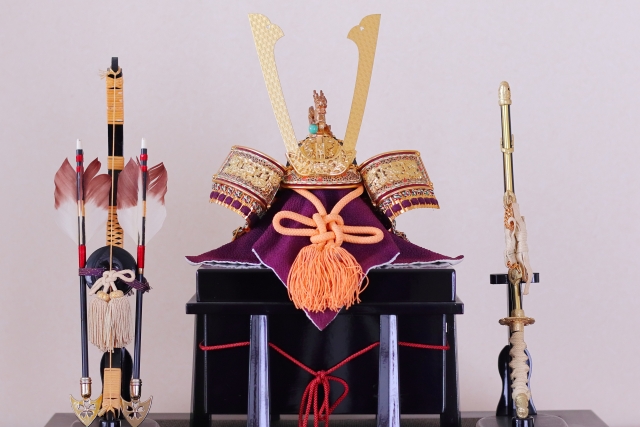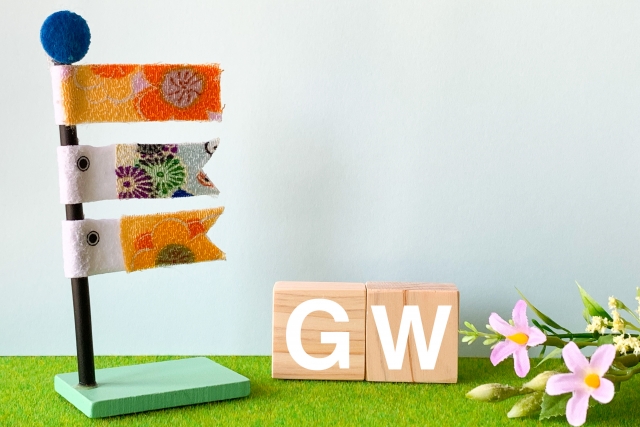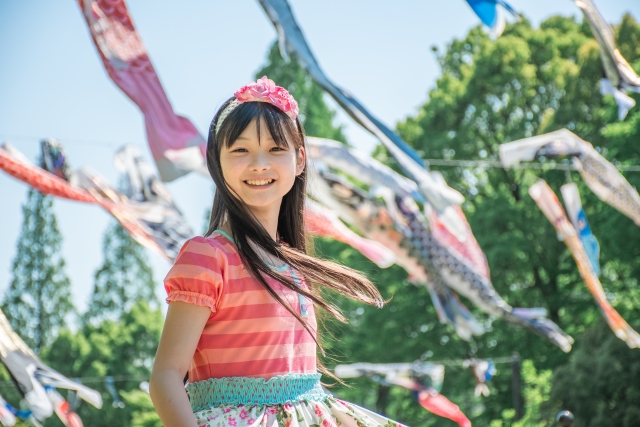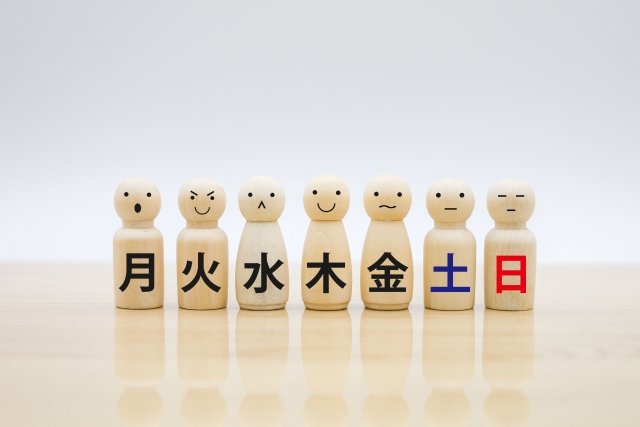Have you ever spent Children’s Day in Japan? In my case, I was impressed by samurai armor more than anything else. When Japanese people were children, they were very afraid of these samurai’s faces.
They don’t even like to approach them, especially at night, and there are even children who always wonder if they can’t put them away as soon as possible.
This time, I decided to research the origin of Children’s Day, a uniquely Japanese culture, and the meaning of decorating helmets and armor.

Click here to learn Japanese language with the best one-on-one Japanese tutoring lessons in person or online.
Contents
What is the origin of Children’s Day?
First of all, let’s check about Children’s Day.
What is Children’s Day?
Children’s Day is a national holiday* and is designated by law as May 5. The purpose of the day is to “respect children’s character, promote their happiness, and give thanks to their mothers.
Children’s Day was established in 1948. Prior to that, many petitions had been filed with the Diet asking for May 5 to be Children’s Day, but some also requested that the day be set on November 15.This “November 15” is the day of the Shichi-Go-San event.

Dragon Boat Festival and Five Seasonal Festivals
Since ancient times, May 5 has been known as Tango-no Sekku, an event to wish for the healthy growth of boys.
The custom of Tango-no Sekku is said to have originated in ancient China and was later introduced to Japan.
Since “Tango-” means beginning and “午” means the day of the noon of the twelve Chinese zodiac signs, “Tango-” originally represented the first noon day of the month.
Later, “午” came to refer to the fifth day of each month because it is connected to “五,” and it is thought that May 5, when two fives overlap, came to be called “Tango-no Sekku.
Other seasonal Sekku that include Tango are as follows.
Sekku name ( Date)
- Jin-jitsu (January 7) 人日(じんじつ)
- Joushi(March 3) 上巳(じょうし)
- Tango (May 5) 端午(たんご)
- Shichiseki( July 7) 七夕(しちせき)
- Chou-you( September 9) 重陽(ちょうよう)
These five festivals were established as official events by the shogunate during the Edo period (1603-1867) and have been called “gosekku” ever since.
What is the meaning of decorating helmets and armor on Children’s Day?
Nowadays, it is common to celebrate the growth of boys and pray for their health on Children’s Day. However, Tango-no Sekku, one of the five seasonal festivals, was not originally a children’s festival.
It is also called “Shobu-no-Sekku,” and even today there is a custom of hanging irises and tansies (mugwort) in front of the eaves of houses or floating a bunch of irises in the bathtub to bathe in iris water.
The word “iris” has the same meaning as “Shobu” (= valuing martial arts and valor). Also, the shape of the iris leaves reminds one of a sword. Because of these two things, Tango-no Sekku came to be considered a boys’ festival in the Kamakura period (1185-1333).
The typical way to celebrate is to display armor, helmets, swords, samurai dolls, and May dolls (May dolls in the shapes of Kintaro, Ushiwakamaru, Benkei, etc.) in the room and put up carp streamers in the yard.
Armor and helmets are used to protect the boy’s body. Today, they are displayed with the hope that they will protect the child from illness and traffic accidents.
However, it was not until the Edo period (1603-1867) that Koinobori became widely displayed in Japan, and it was a custom only in the Kanto region.
The custom of Koinobori is based on a Chinese legend to pray for a boy’s success in life and good health.

Children’s Day in other countries
Children’s Day is celebrated in dozens of countries around the world, mostly on June 1.
Many other countries also have Children’s Day in April and October, although the dates vary.
Most surprisingly, some countries, such as the United States, the United Kingdom, and France, do not have a specific Children’s Day.
Conclusion
May 5 is Children’s Day. Originally called Tango-no Sekku, a day to celebrate the growth of boys, it is now generally a day of celebration for children.
On this day, families with boys decorate May dolls in the shape of warriors and heroes and raise carp streamers high in the sky. This is because carp have the power to swim up waterfalls and have long been considered a symbol of success in life.
It has also long been customary to bathe in irises, which are believed to have medicinal properties, and Japanese sweets such as chimaki and kashiwa-mochi are also essential offerings for this day.
- Children’s Day is a national holiday to “respect children’s character, promote their happiness, and give thanks to their mothers.
- Children’s Day is derived from Dragon Boat Festival on May 5.
- Armor helmets are displayed to protect boys’ bodies.
Related article:










